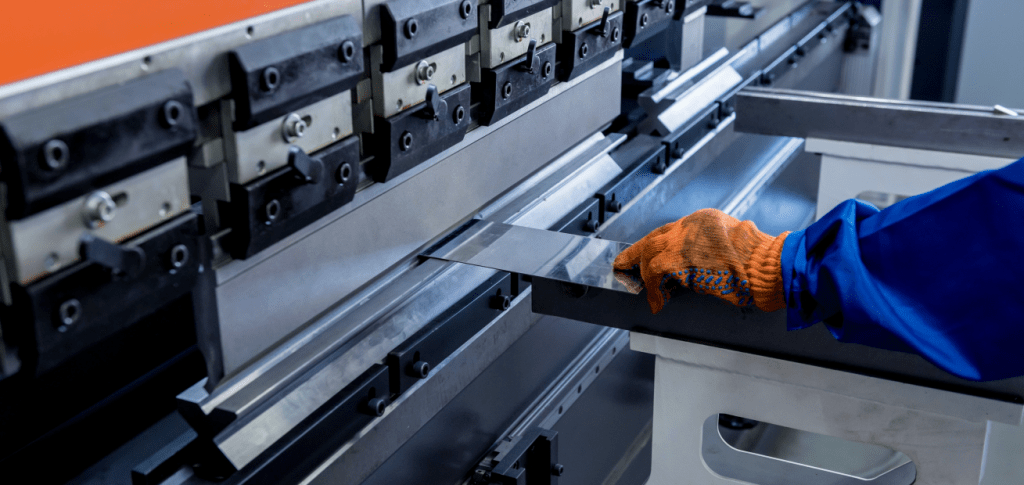
The widespread use in North America of the basic data from the Machinery Handbook for calculating the dimensions of folded parts generates errors which represent per fold +13% of the thickness of the material in the case of 301L stainless steel - MT and +15% for A-710 steel.
The use of the same data (generic formulas) for all ranges of carbon and stainless steels mainly explains the excessive errors that we encounter in the majority of companies when parts of high thickness and with multiple plies are manufactured. Data from drawing software and digital folder programs often comes from these generic formulas.
The general tolerance for a bent part is ±0.062″. The probability that the first part manufactured will be out of tolerance is therefore very high. Additionally, cumulative errors are generally found on the last section of the part where the +0.061″ is already equal to the maximum tolerance.
The error being proportional to the thickness and cumulative to the number of plies, the consequences of using a generic formula are enormous. Thus, for the same part of 0.250″ thickness, the cumulative errors would have been +0.077″/−0.013″ with an excess of 0.015″ over the maximum tolerance of +0.062″. It becomes easy to imagine the difficulties encountered when the thickness of the parts is greater than 1/4″ and when they have more than 2 plies.
The use of a specific table (Figure 1) for each type of steel according to the European DIN standard allows precision such that the thickness and number of plies do not risk placing the part out of tolerance.
This table was produced from tests carried out on 301L-MT stainless steel, all parameters of which have been factory-controlled to ensure reliability. Here, for a folding factor R/T = 2, the position of the neutral fiber is located at 37% of the thickness from the inner radius.
Here is a real example of a case encountered where the calculations show the error per fold that the generic formula generates in comparison to the data for a specific bend curve.
Basic data: T (thicknesses) = 0.187”, R (radius) = 0.375”, A = 3”, B = 3”
L = (R + DT) 1.571: formula for a bend angle of 90°
Or
L = length of the ply at the position of the neutral fiber D
D = position of the neutral fiber determined in % of the thickness from the interior radius
Note: for reference D is equal to K/2
Following this example, we see that if we manufacture a part larger than 0.250″ with more than 2 plies, it should inevitably be out of tolerance. Unfortunately this phenomenon occurs frequently with several manufacturers who have not considered questioning the reliability of the basic data of their calculations. If you believe that we can be of any assistance to you in calculating your unfolds, do not hesitate to contact us.
Mr. RICHARD VAILLANCOURT,
STEEL BENDING TRAINER